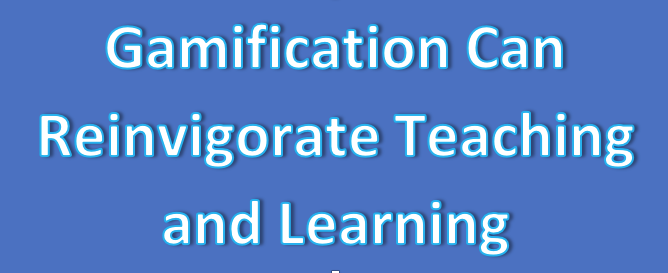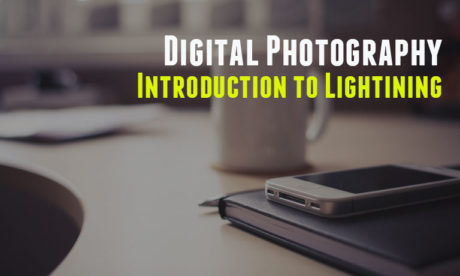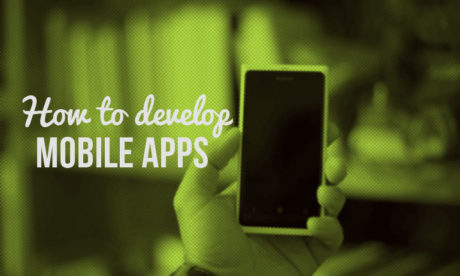
When students are engaged and inspired, they excel academically. Regrettably, schools all around the country are facing a student motivation and engagement crisis of epic proportions. Student engagement and motivation are the most important and also difficult aspects of the teaching profession. How do we motivate students who are utterly not interested in their own learning? The answer to that question is gamification.
What is Gamification?
In broad terms, gamification is using the concepts of game design and play to motivate users and boost participation, and engagement. People who gamify attempt to tap into their users’ innate desire for competition, prestige, and partnership. Teachers use game design principles to enhance curriculum materials while helping students learn.
Although this strategy integrates game elements into the classroom, learning remains the end goal. It is meant to supplement — not replace — traditional educational methods. Students begin to find they have alternative incentives and motivation to pay attention and participate, focusing less on the negative incentive of bad grades. Gamification may even help students understand real-world applications, by putting the concepts they are learning in context.
Gamification is not a New Concept
Despite the widespread misconceptions and hype about gamification, it is nothing new. You probably already use it in your classroom without even knowing it. Gamification is a name that was given to methods that were implemented in classrooms long ago. I have fond memories of teachers using gamified elements in primary school. One element that I remember my teachers using in their classroom is the smiley faced stickers. I was tremendously overjoyed when I received my completed assignments back, and they had smiley faced stickers on them. I knew that those stickers were the key to special activities and privileges. They were also key in communicating with my parents that I was performing well, which sometimes led to monetary gain for a job well done. Another element that they used were behavior charts. My teachers would reward by giving us gold stars for participating in class, completing homework, behaving properly, having a good attitude, etc.
Businesses Gamify Too
The term gamification was coined by Nick Pelling in 2003, but it did not gain any traction until several years later when businesses began gamifying. Businesses use gamification for similar purposes as teachers. They use them for marketing, retention, and customer engagement. Nike began gamifying in 2006 with the introduction of Nike+, which is an app that was designed to motivate and reward people for practicing a healthy lifestyle. Since implementing gamified concepts, Nike has increased its market share by 14%.
Another business that has had marked gamification success is Starbucks. Starbucks launched My Starbucks Rewards in 2009. My Starbucks Rewards is a mobile loyalty app that offers faster payment and incentives for repeat business. My Starbucks gives users gold stars each time they use the app to pay for a transaction. The users also receive badges which give the users perks, such as free refills for a day.
Gamification and the Learning Disabled
Everyone agrees that education works best when it is tailored to the student. This is especially true for children with at-risk students. These children often have trouble learning in traditional classroom settings, which can cause their performance to lag behind other children in their class. Fortunately, there is a new teaching method that may help these children stay motivated, thereby reducing the achievement gap. It is called gamification, and it applies the rules of game design to the classroom environment.
The goal of any instructional method is to get students to motivate themselves. People learn when they want to learn, and this goes double for children. Kids with learning disabilities need to see their lessons as something they want to do to improve their abilities and be better suited for the outside world. Gamified learning turns each lesson into a journey the kids want to take.
Gamified learning transforms education from something children find boring into something they enjoy via implementation of the key concepts of game design. It is not the solution for every student, but it can give children with learning disabilities the motivation, context, and support they need to improve their performance and narrow the achievement gap between them and their peers. This is especially true when other methods fail, as is the case with most children with learning disabilities.
Gamification can only be used to help children if you understand what it is. It is not merely providing incentives (such as achievements and points) for learning. Rather, Gamified learning is understanding why people play games and turning that information into the core around which you build their education.
What are your thoughts about gamification? Do you think it can reinvigorate teaching and learning?















0 responses on "Gamification Can Reinvigorate Teaching and Learning: An Introduction"